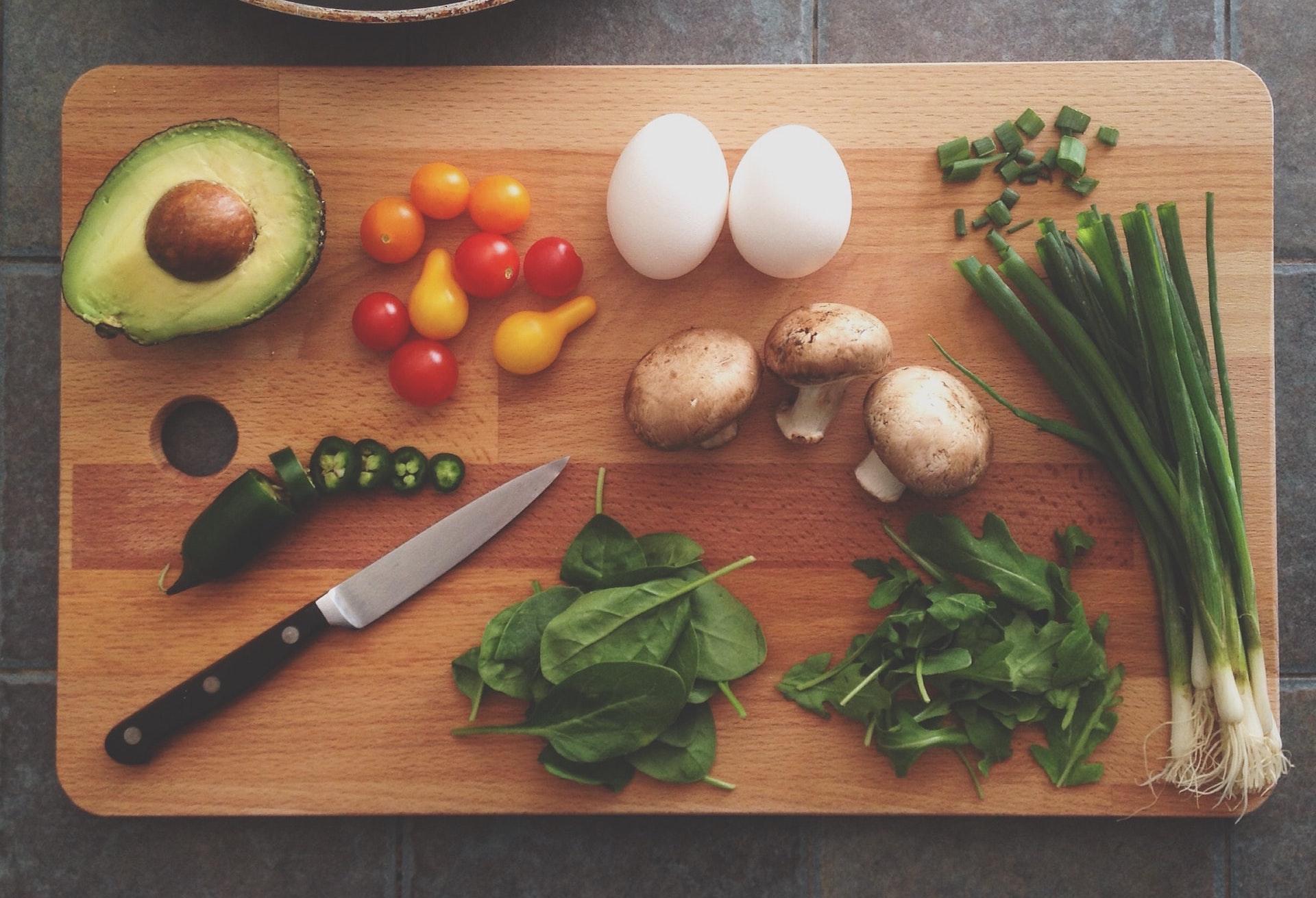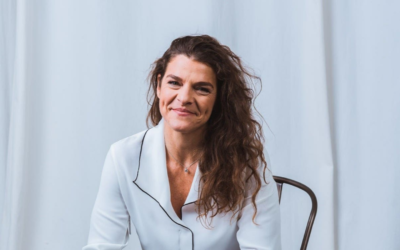What should I eat? This can be a constant dilemma for a person with diabetes. What do I think? Low carb is the way to go. Here’s why…
THE BENEFITS OF LOW-CARB EATING
Low carb done correctly is a very healthy diet. Plus, most importantly for people with diabetes, it makes keeping blood sugars in the optimal range much more easily achieved.
For those who are insulin-dependent, conventional medicine teaches that as long as the insulin-to-carb ratio is known, pretty much anything can be eaten. This does not work if your goal is to achieve healthy blood sugars! Dosing, in order to stay in range during and after the meal, is much more complex than any simple formula could accurately or regularly predict.
For example, dosing insulin for 15 grams of carbs from eating an apple requires a different approach than dosing for 15 grams of carbs from eating black beans. Although an apple is a low-glycemic-index fruit, it can still quickly spike blood sugar, and thus a considerable amount of insulin must be dispensed before the apple is eaten. Beans, which contain not only complex carbs but are also full of protein, fat, and fiber, release glucose much more slowly. So, diabetics consuming beans likely require half of their insulin dose up front and the other half perhaps an hour later.
This timing of dosing, something that is rarely taught, is a key skill that must be nuanced at every meal. When low-carb meals are chosen, this complex problem of dosing becomes simpler, with less margin for error.
Furthermore, when eating protein and fat with carbs (which is most often the case), the insulin-to-carb ratio can rarely even be valid. Protein itself can slowly raise blood sugar for approximately 5 hours. High fat can create temporary insulin resistance that can last for 6 hours, 8 hours, or even longer. The more fat that is consumed, the longer that fat’s effect on blood sugar lasts, especially when combined with a lot of carbs. Consequently, for those who are insulin-dependent, giving an extended bolus or multiple small doses over several hours is needed to cover high-fat meals. And fast-acting insulin isn’t even fast enough to cover the speed of glucose absorption caused by high-carb choices.
Type 2’s with functioning islet cells will experience these same issues with insulin resistance, glycemic variability, and potential adverse health effects as T1Ds, particularly if they combine high-fat and high-carb eating together.
At the root of the problem is the conventional eat-whatever-you-want-and-cover-it-with-medication thinking; basically, treating food with medicine, whether it’s insulin or pills. This thinking leads to poor health and is potentially life-threatening.
When I volunteer at diabetes summer camps where conventional eating is taught, I see this tragedy daily. The children count up their carbs from their pancakes and syrup, give themselves a huge dose of insulin, and then during the post-breakfast flag-football game, staff are running around handing out glucose tabs. One year, I even witnessed a young girl have a seizure. The sad reality is that the majority of insulin-dependent children and many adults live this tragic eat-what-you-want-and-then-medicate lifestyle.
I have taught the benefits of eating low carb to hundreds of patients. Many have had diabetes for decades and yet have never been presented with the option to eat low carb. After just a few weeks of this new way of eating, my patients’ glucose numbers dramatically improve.
Susan had A1cs in the 7s and 8s for 30 years. She suffered from retinopathy issues countless times. After her first 3 months of eating low carb, her A1c reached 5.9 percent and she has had no retinopathy issues since. Rob is a police officer who thought he had to always stay at 200 to avoid a low in case he had to suddenly run after a suspect. After Rob started eating low carb, his A1cs are now regularly in the low 5s.
The fact that the American Diabetes Association suggests an A1c goal of only below 7 percent, which equates to unhealthy average blood glucose of 154, is baffling to me. Perhaps it has to do with the fact that healthy A1cs cannot be reached on the Standard American Diet (SAD). Unfortunately, the SAD diet is full of “fake foods.”
Want to read more? This content is part of Dr. Jody Stanislaw’s contribution to a new book called, Doing Diabetes Differently, by Chad Lewis. Chad has had T1D for over 50 years. Check out his exciting, new book here: https://doingdiabetesdifferently.com





